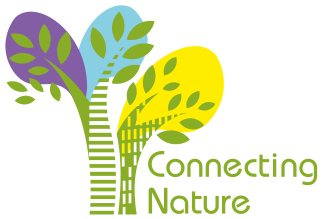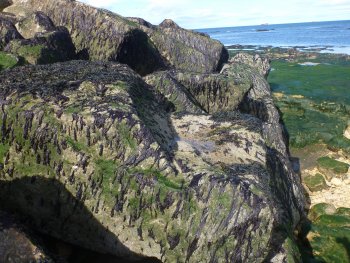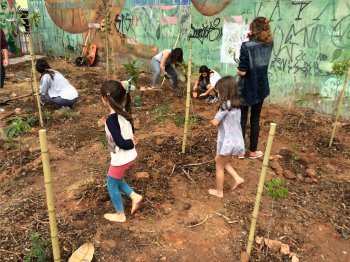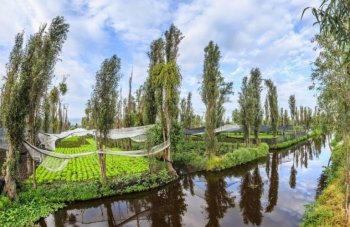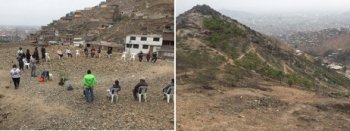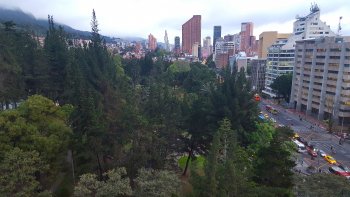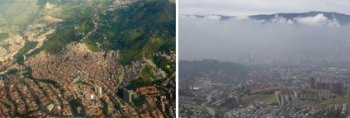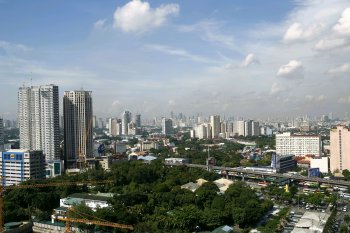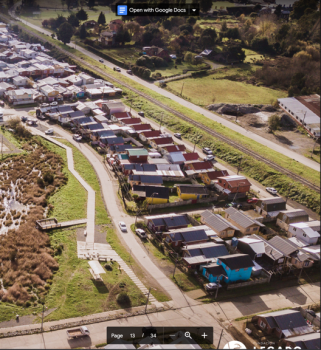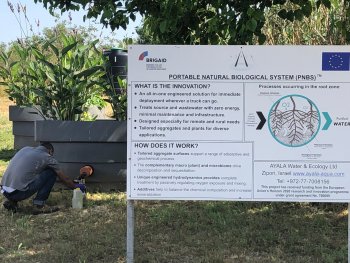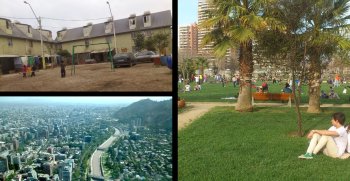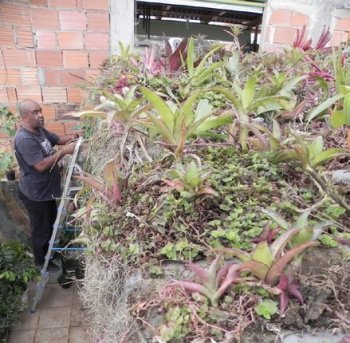Integrated green grey infrastructure (IGGI) - Ecologically enhanced sea defence
Submitted by Anonymous on 20 December 2018Ecological enhancement of hard coastal structures. Project aimed to mitigate expected habitat losses associated with improving coastal defences for both the natural substrate & pre-existing defences within Natural 2000 site, & minimise future habitat losses due to sea level rise & coastal squeeze.
